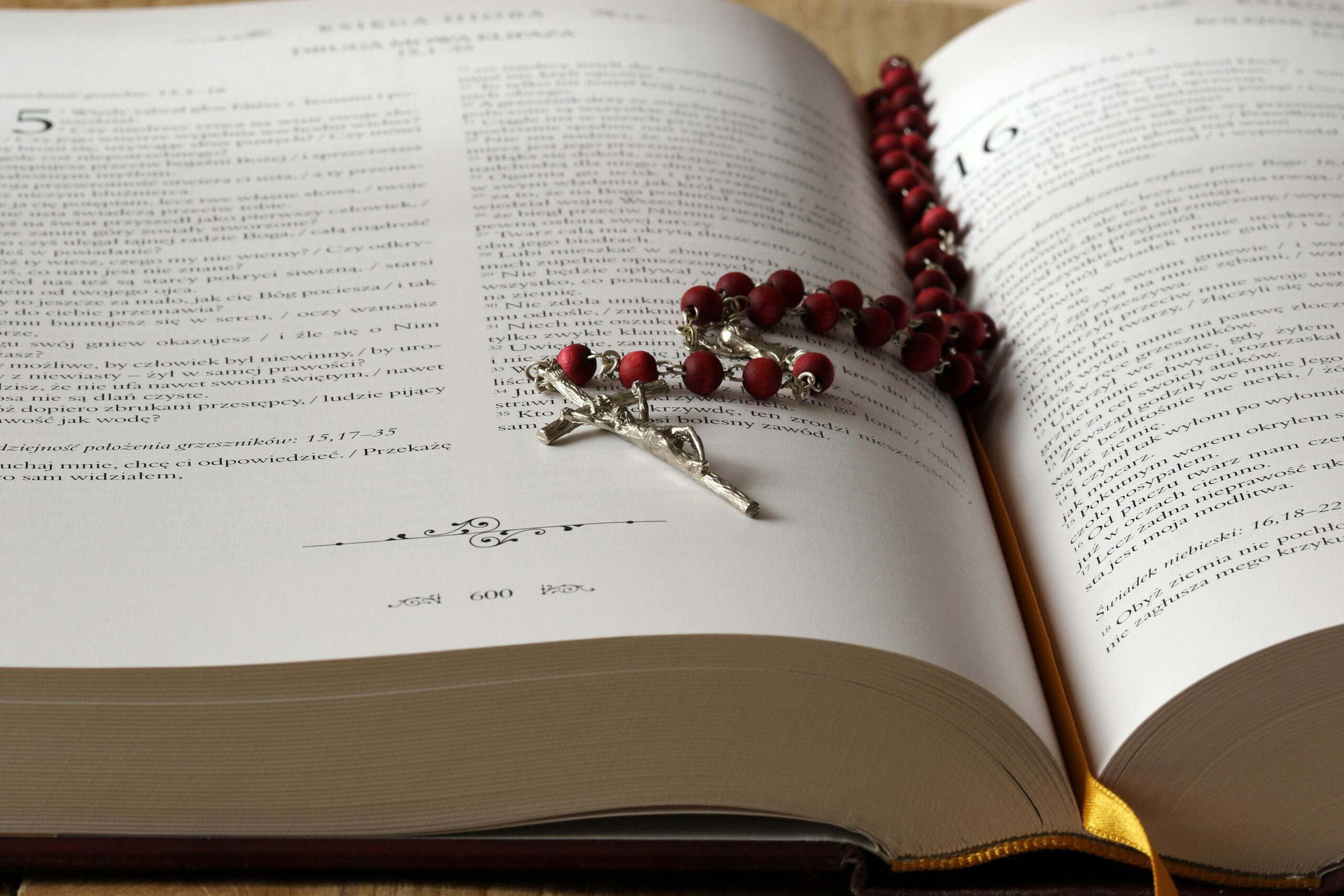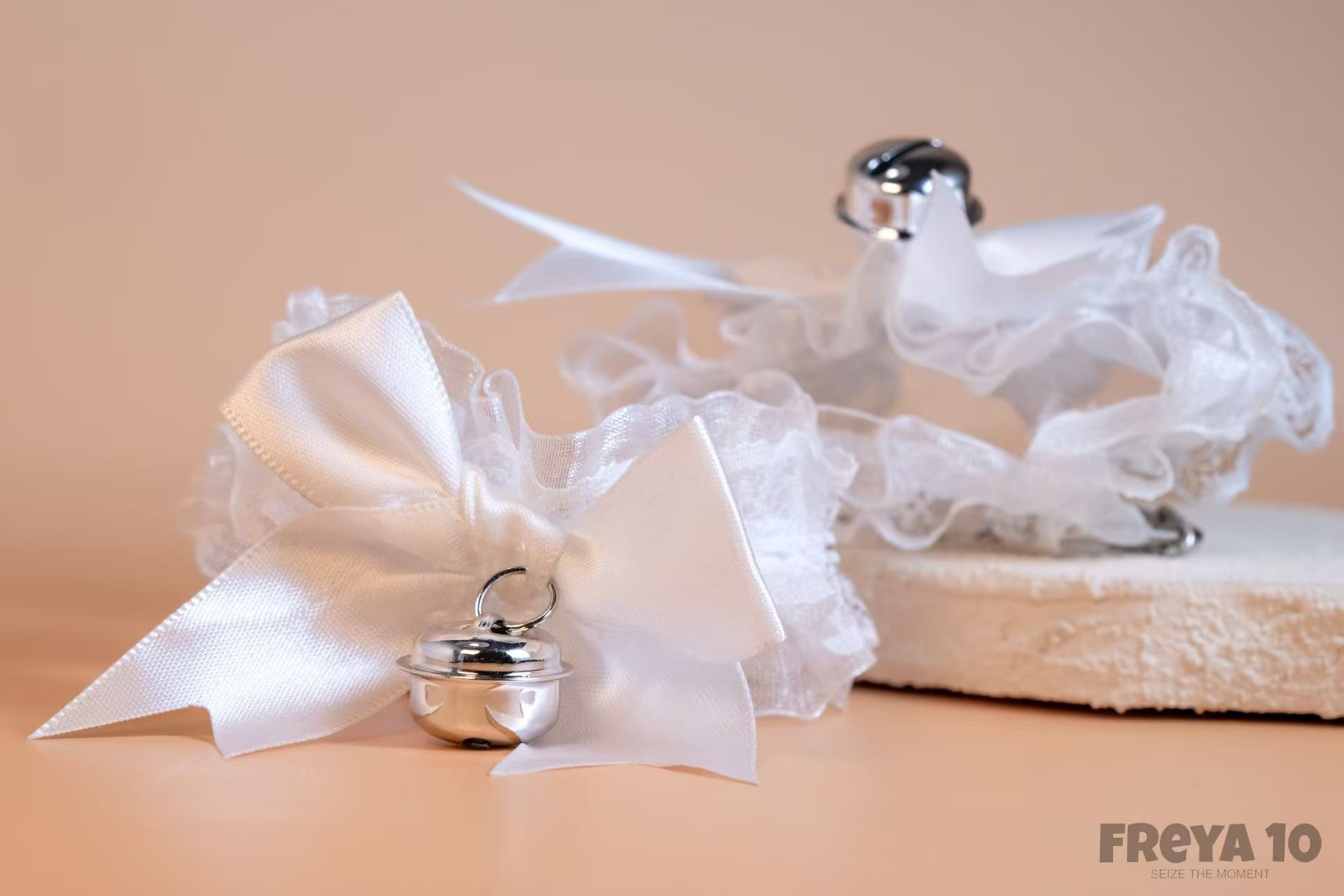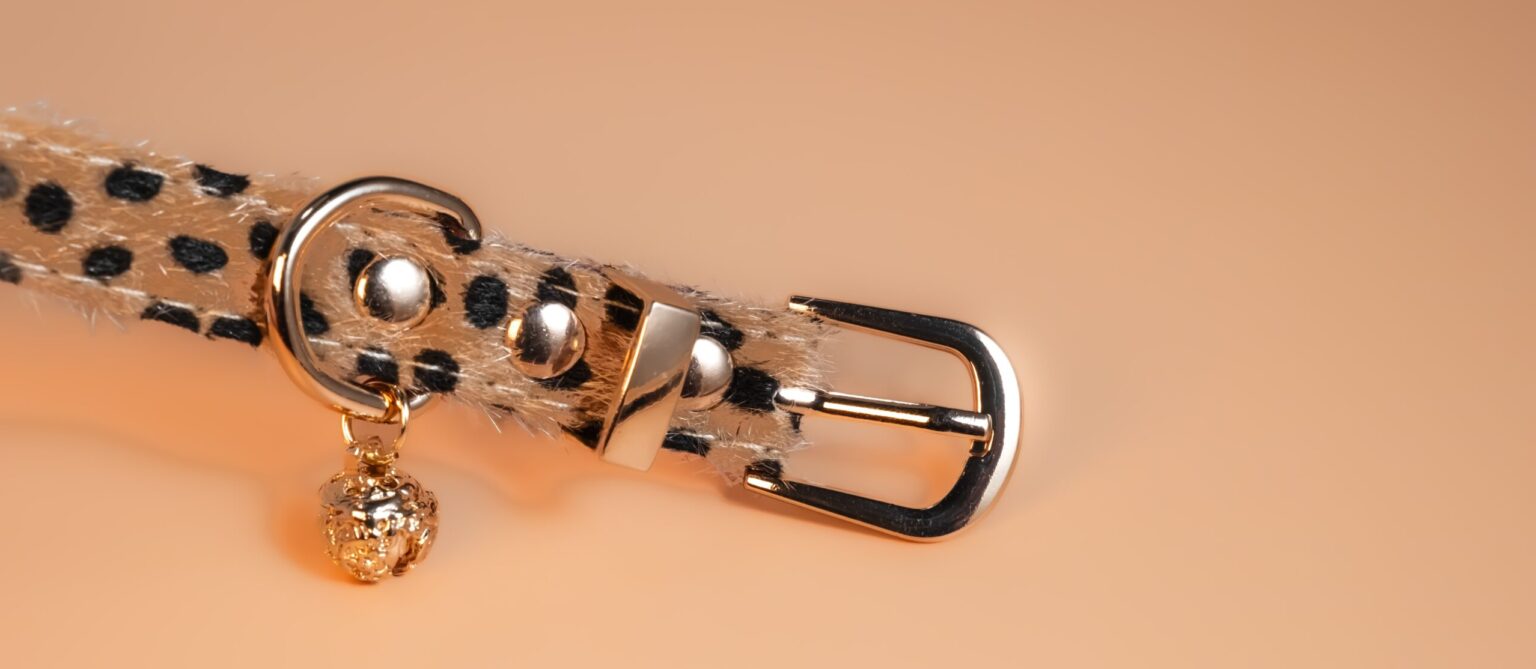
13 Feb The History and Evolution of Sex Toys: Their Unexpected Popularity in Religion (Part 1)
Modern society views sex toys as part of the adult market, linked to personal privacy and sexual pleasure. However, their history spans thousands of years, and their connection to religion is more complex than it seems. Various religious traditions and cultures not only tolerated sex toys but, in some cases, encouraged their use.
The Origins of Ancient Sex Toys

Sex toys date back to the Paleolithic era. Archaeologists discovered a stone phallic object in Germany, estimated to be around 28,000 years old, which is considered one of the earliest known sex toys (Lehman, 2006). Ancient Egypt, Greece, and Rome also produced various sexual artifacts.
- Ancient Egypt: Egyptians revered fertility and sexuality, seeing them as pathways to the divine. Archaeological findings reveal that Egyptians used sexual implements made from ivory, wood, and even bronze. Temple murals also depict scenes featuring such objects (Fletcher, 2015).
- Ancient Greece and Rome: In ancient Greece, women commonly used olisbos—leather or wooden dildos—as substitutes when their husbands were away (Davidson, 2007). The Romans, known for their pursuit of pleasure, crafted sophisticated glass sex toys for the upper class (Williams, 2010).
The Intersection of Religion and Sex Toys
Religious teachings often emphasize celibacy and restraint, but historical evidence suggests that different faiths have approached sexuality in diverse ways. Some encouraged the use of sex toys for spiritual or marital purposes.
Eastern Religions and Sexual Practices
Hinduism and Taoism integrated sexuality into spiritual practices, promoting sex as a means to achieve enlightenment.
- Hinduism and the Kama Sutra: The Kama Sutra, an ancient Indian text, not only details sexual techniques but also describes the use of sexual aids. Erotic temple carvings, such as those in Khajuraho, reflect the belief that sexuality is a sacred aspect of human life (Doniger, 2003).
- Taoism and Sexual Cultivation: Taoist Fangzhongshu (房中术, “the arts of the bedchamber”) emphasized sexual energy as a source of longevity. Practitioners used jade or wooden sex toys to enhance sexual experiences and balance yin and yang (Wile, 1992).
Christianity’s Contradictory Approach
Early Christianity promoted sexual restraint, often associating pleasure with sin. However, historical records indicate that sex toys existed within Christian societies.
- Medieval Convents: Monastic records mention nuns using phallic objects to “combat carnal urges” (Brundage, 1987).
- The 17th Century and Medical Justifications: In the 17th century, doctors prescribed “vibratory therapy” (a precursor to modern vibrators) to treat “female hysteria,” a condition commonly used to explain women’s emotional distress (Maines, 1999).
Christianity has long promoted sexual purity, yet individuals—sometimes even within religious institutions—sought ways to manage their desires.
Islam’s Practical Approach to Sexuality
Islam emphasizes modesty but also acknowledges the importance of sexual satisfaction within marriage.
- The Qur’an does not explicitly mention sex toys, but Islamic scholars have debated their permissibility. Many conclude that as long as a couple uses them within marriage, they remain acceptable (Musallam, 1983).
- During the medieval Islamic Golden Age, sex manuals and aphrodisiacs became widely available, and merchants openly sold sexual aids in markets (Al-Nafzawi, 16th century).
Unlike Christianity’s stricter stance, Islam historically viewed sex toys as permissible when used within marital ethics.
From Secrecy to Modern Acceptance
With the Protestant Reformation and the Enlightenment, Western societies gradually shifted from rigid sexual control to a more open approach.
- The 19th Century: Sex toys often disguised themselves as medical instruments, such as vibrators used for “hysteria treatment.”
- The 20th Century: The sexual revolution of the 1960s led to the mass production and mainstream acceptance of sex toys (Maines, 1999).
Today, religious perspectives on sex toys vary widely, depending on personal beliefs and cultural influences.
Conclusion

The history of sex toys extends far beyond modern consumerism, revealing deep connections to religion and spirituality. Whether used for spiritual cultivation, medical treatment, or marital intimacy, sex toys have played a role in human history across diverse cultures and faiths. Today, open discussions on sexuality reflect a shift in attitudes, built upon centuries of exploration and adaptation.
References
- Brundage, J. A. (1987). Law, Sex, and Christian Society in Medieval Europe. University of Chicago Press. Link
- Davidson, J. (2007). The Greeks and Greek Love: A Radical Reappraisal of Homosexuality in Ancient Greece. Weidenfeld & Nicolson. Link
- Doniger, W. (2003). The Kama Sutra: A New, Complete English Translation. Oxford University Press. Link
- Fletcher, J. (2015). The Story of Egypt: The Civilization that Shaped the World. Pegasus Books. Link
- Lehman, P. (2006). The Phallus: Sacred Symbol of Male Creative Power. Inner Traditions. Link
- Maines, R. (1999). The Technology of Orgasm: Hysteria, the Vibrator, and Women’s Sexual Satisfaction. Johns Hopkins University Press. Link
- Musallam, B. (1983). Sex and Society in Islam: Birth Control Before the Nineteenth Century. Cambridge University Press. Link
- Wile, D. (1992). Art of the Bedchamber: The Chinese Sexual Yoga Classics Including Women’s Solo Meditation Texts. SUNY Press. Link
- Williams, C. (2010). Roman Sexualities. Princeton University Press. Link
After reading this article, If you are interesting in using sex toys to enhance your sex experience with your lover, our website provide multiple sex toys and tools for your shopping!



No Comments